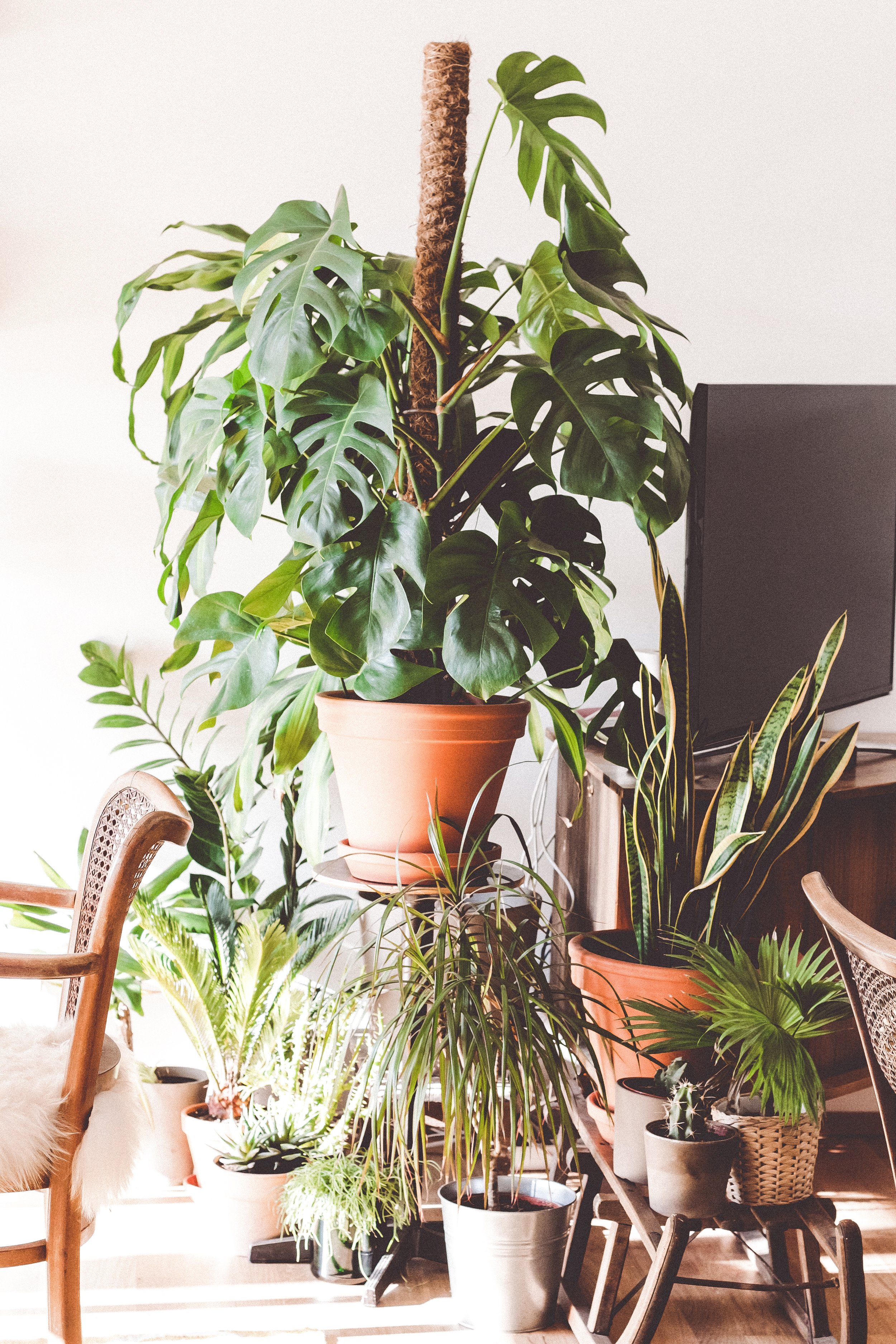Winter Wonderland: A Guide to Caring for Houseplants During the Cold Months
As the winter season blankets the world in a layer of frost, it brings about a unique set of challenges for indoor gardeners. The cold temperatures, lower humidity, and reduced daylight can have a significant impact on the well-being of your houseplants. However, with a little extra care and attention, you can ensure that your leafy companions not only survive but thrive during the winter months. In this guide, we'll explore some essential tips for caring for houseplants in the winter.
Photo via PxHere - CC0
Adjusting Watering Routines: During winter, the rate of evaporation decreases, and plants generally require less water. Overwatering is a common issue, as plants take longer to absorb moisture in colder temperatures. To avoid waterlogged soil, adjust your watering frequency. Check the soil moisture regularly and water only when the top inch feels dry. Ensure proper drainage to prevent root rot.
Monitoring Humidity Levels: Indoor heating systems can lead to drier air, which may adversely affect humidity-loving plants. To combat this, consider using a humidifier or grouping plants together. Alternatively, place a tray filled with water and pebbles near your plants to increase local humidity. Regularly misting your plants can also help, but avoid excessive moisture on the leaves to prevent fungal issues.
Optimizing Light Exposure: With shorter days and less sunlight during winter, it's crucial to provide adequate light for your houseplants. Place them near windows where they can receive as much natural light as possible. Rotate your plants periodically to ensure all sides receive equal sunlight. If natural light is insufficient, supplement with artificial grow lights, especially for light-demanding plants.
Maintaining Consistent Temperatures: Sudden temperature fluctuations can stress plants. Keep your houseplants away from drafty windows and doors. Most indoor plants prefer temperatures between 60-75°F. Avoid placing plants near heaters or radiators, as excessive heat can lead to dryness and wilting.
Practicing Prudent Pruning: Winter is an excellent time to prune and shape your plants. Remove any dead or yellowing leaves to encourage new growth. Be cautious not to over-prune, as some plants may be more sensitive during the colder months. If your plants experience a growth slowdown, don't be alarmed—it's a natural response to the winter season.
Fertilizing Thoughtfully: Plants generally experience slower growth in winter, so adjust your fertilizing routine accordingly. Reduce the frequency of fertilization, and use a balanced, diluted fertilizer. Over-fertilizing can lead to salt buildup in the soil, which may harm the plant.
Protecting from Pests: While winter can slow down the activity of some pests, others may thrive in the dry indoor conditions. Regularly inspect your plants for signs of pests, such as spider mites and scale insects. If infestations occur, treat them promptly with organic insecticides or insecticidal soap.
Caring for houseplants in the winter requires a delicate balance of adjusting watering habits, optimizing light exposure, and maintaining a comfortable environment. By following these tips, you can ensure that your indoor garden not only survives the winter but continues to bring warmth and greenery to your home. Embrace the seasonal changes, and your houseplants will reward you with their resilience and beauty.
Learn More
Photo by Shikha Dhimaan form PxHere - CC0



